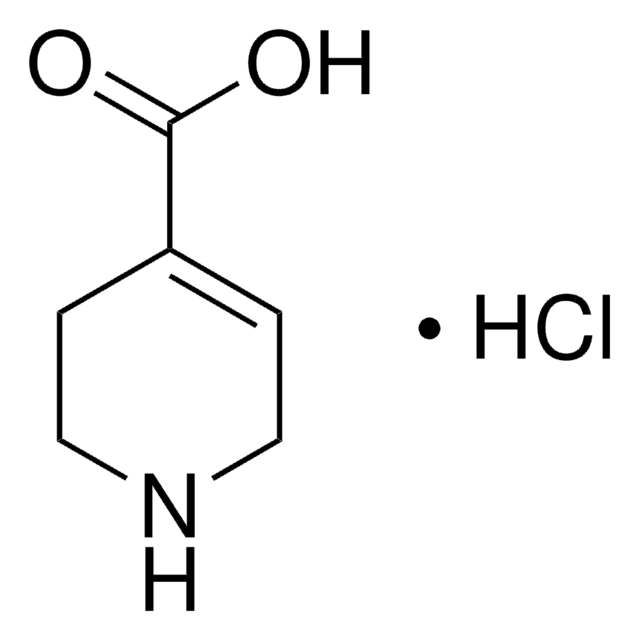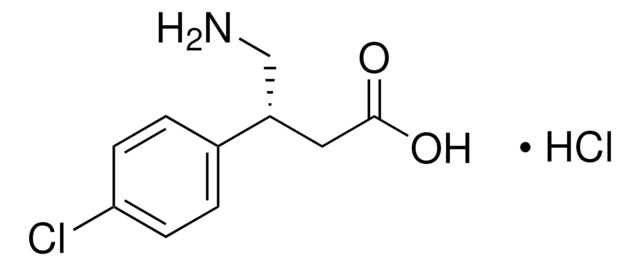I2765
Ibotenic acid
~95% (TLC), solid, neurotoxin
Synonim(y):
α-Amino-3-hydroxy-5-isoxazoleacetic acid
About This Item
Polecane produkty
product name
Ibotenic acid, ~95%, solid
Próba
~95%
Postać
solid
kolor
white
rozpuszczalność
H2O: 1 mg/mL, clear, colorless (with sonication)
0.1 M NaOH: 10.7 mg/mL
0.1 M HCl: 4.7 mg/mL
ciąg SMILES
NC(C(O)=O)C1=CC(=O)NO1
InChI
1S/C5H6N2O4/c6-4(5(9)10)2-1-3(8)7-11-2/h1,4H,6H2,(H,7,8)(H,9,10)
Klucz InChI
IRJCBFDCFXCWGO-UHFFFAOYSA-N
informacje o genach
rat ... Grm1(24414) , Grm2(24415)
Szukasz podobnych produktów? Odwiedź Przewodnik dotyczący porównywania produktów
Zastosowanie
Działania biochem./fizjol.
Przestroga
Hasło ostrzegawcze
Danger
Zwroty wskazujące rodzaj zagrożenia
Zwroty wskazujące środki ostrożności
Klasyfikacja zagrożeń
Acute Tox. 3 Oral
Kod klasy składowania
6.1C - Combustible acute toxic Cat.3 / toxic compounds or compounds which causing chronic effects
Klasa zagrożenia wodnego (WGK)
WGK 3
Temperatura zapłonu (°F)
Not applicable
Temperatura zapłonu (°C)
Not applicable
Środki ochrony indywidualnej
Eyeshields, Faceshields, Gloves, type P2 (EN 143) respirator cartridges
Certyfikaty analizy (CoA)
Poszukaj Certyfikaty analizy (CoA), wpisując numer partii/serii produktów. Numery serii i partii można znaleźć na etykiecie produktu po słowach „seria” lub „partia”.
Masz już ten produkt?
Dokumenty związane z niedawno zakupionymi produktami zostały zamieszczone w Bibliotece dokumentów.
Klienci oglądali również te produkty
Nasz zespół naukowców ma doświadczenie we wszystkich obszarach badań, w tym w naukach przyrodniczych, materiałoznawstwie, syntezie chemicznej, chromatografii, analityce i wielu innych dziedzinach.
Skontaktuj się z zespołem ds. pomocy technicznej














